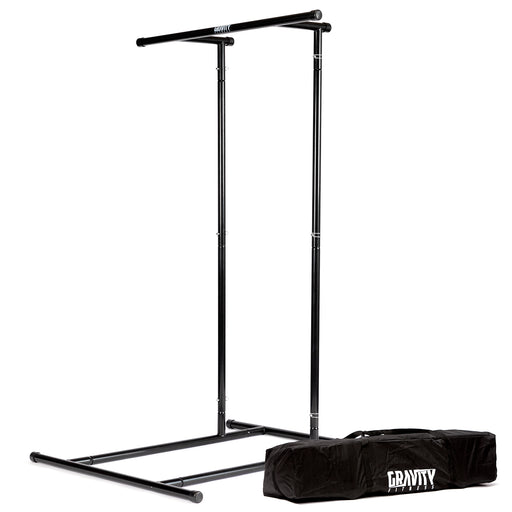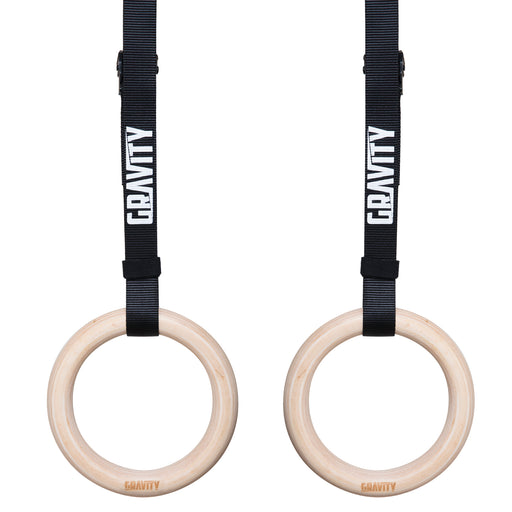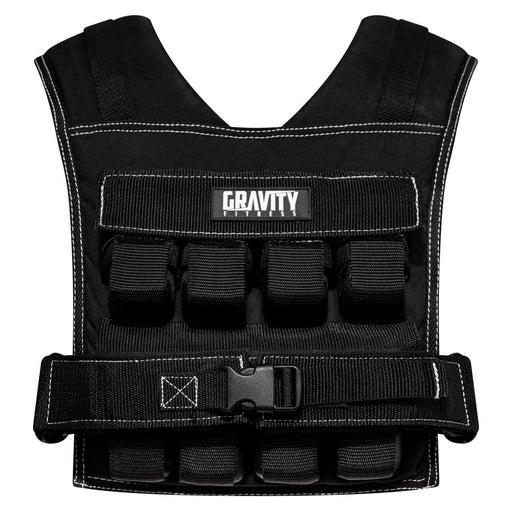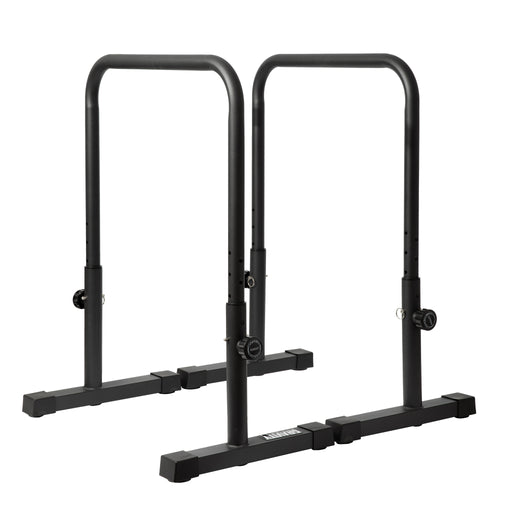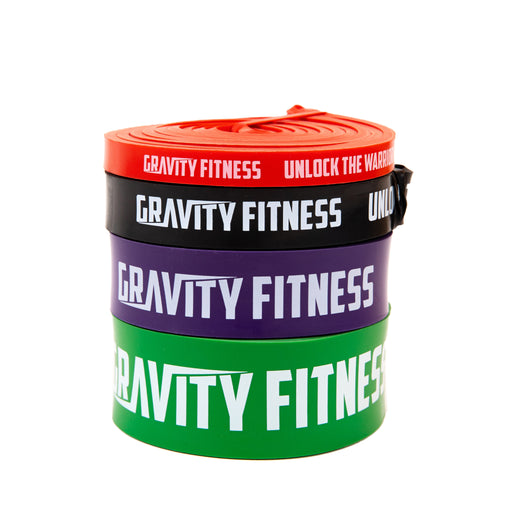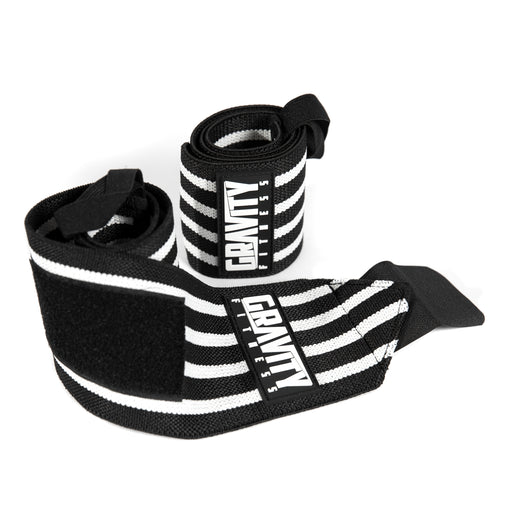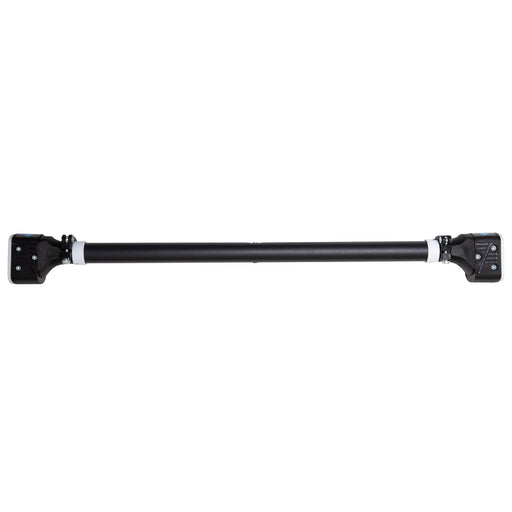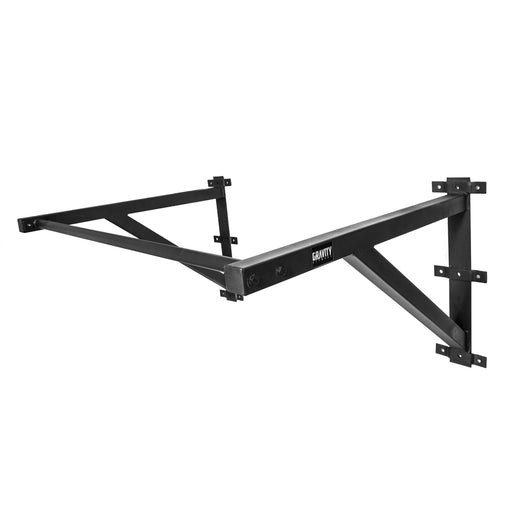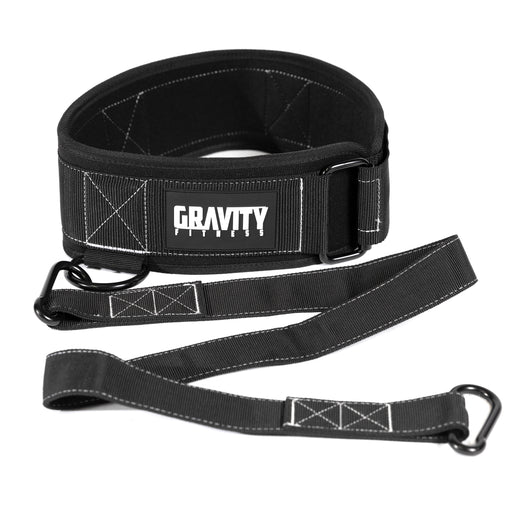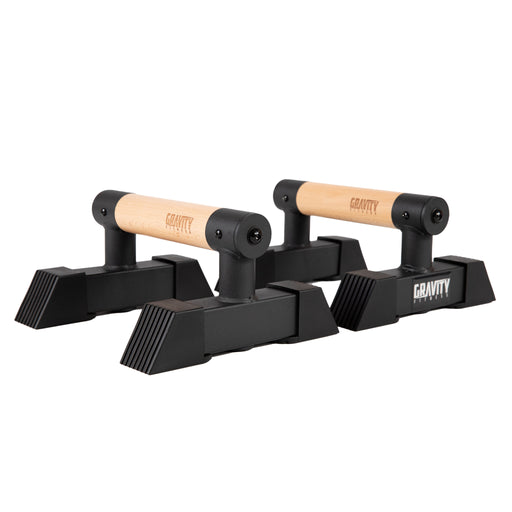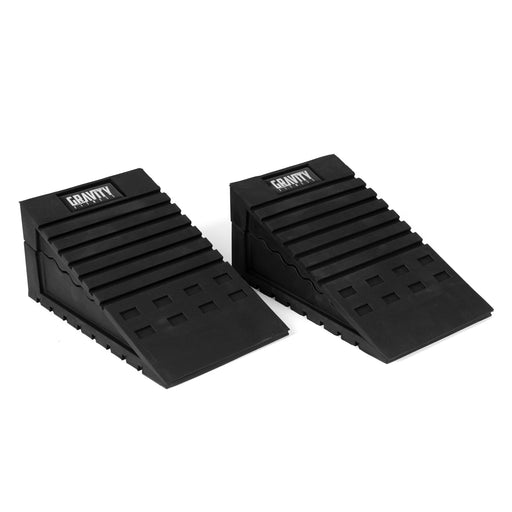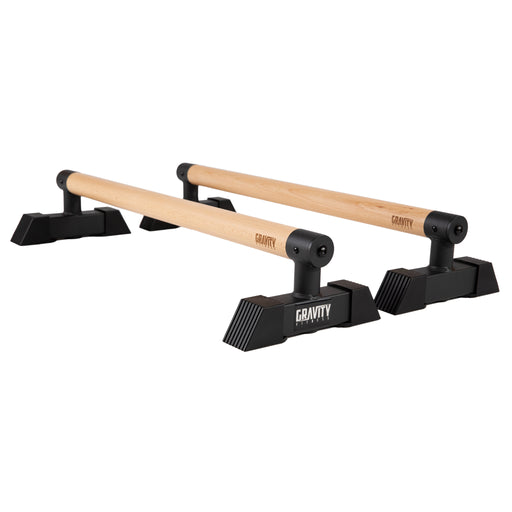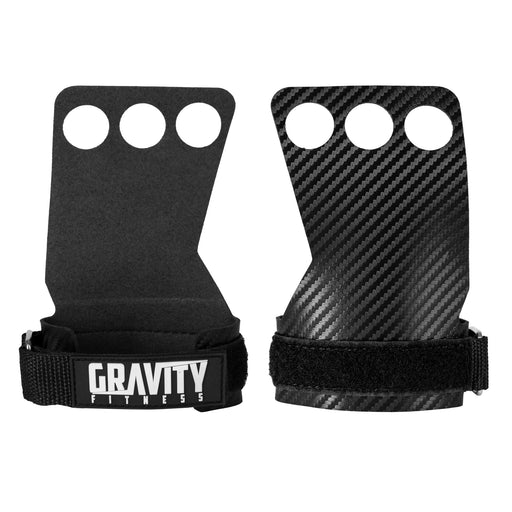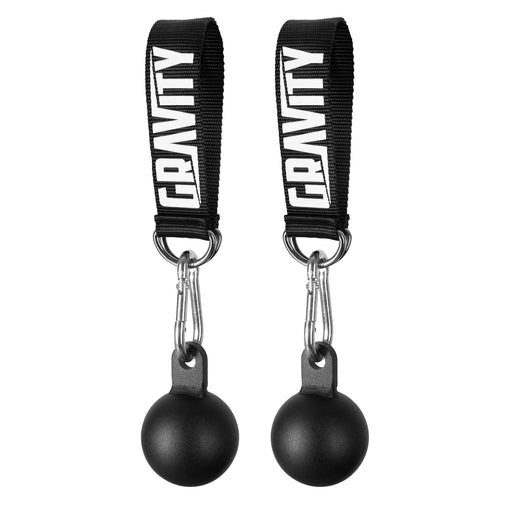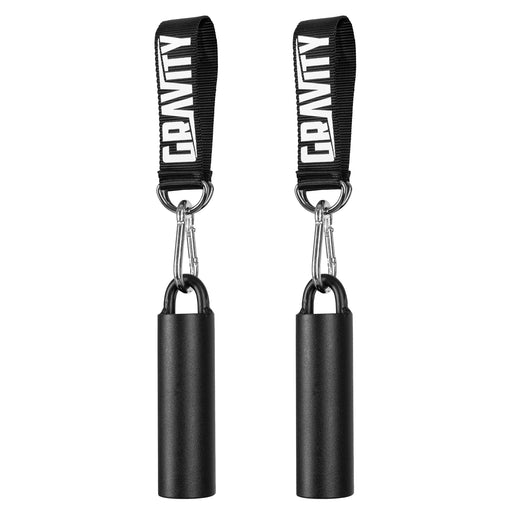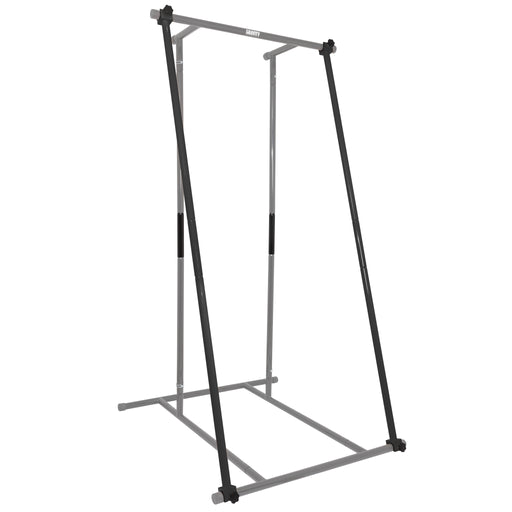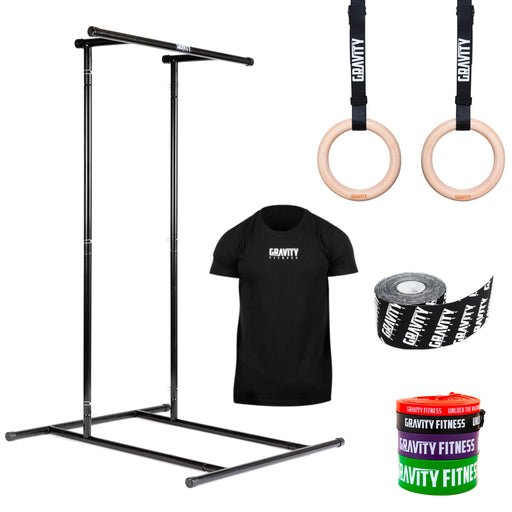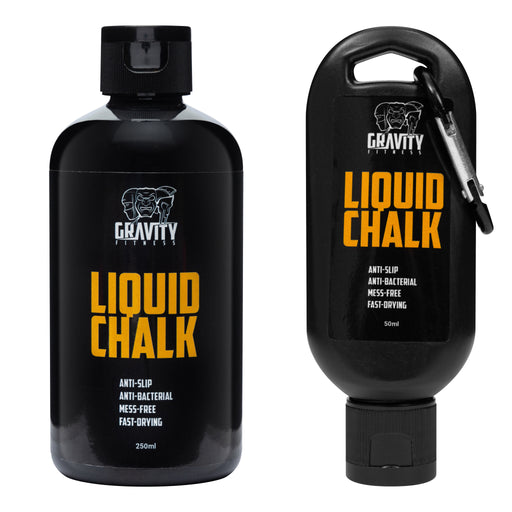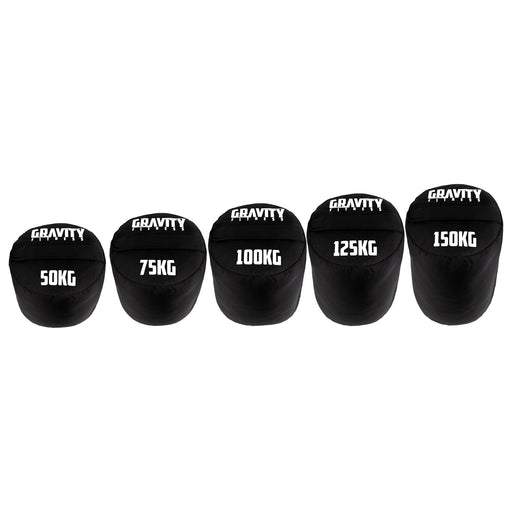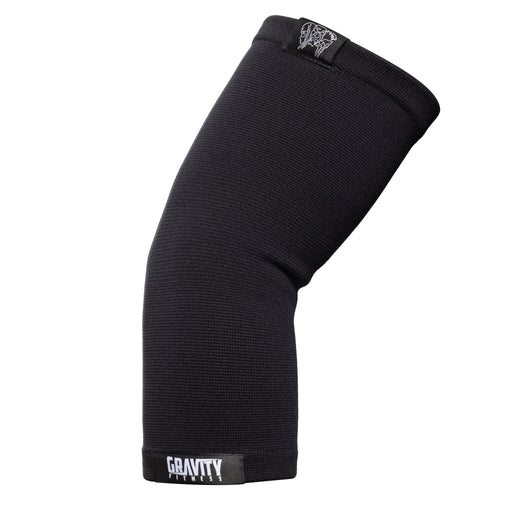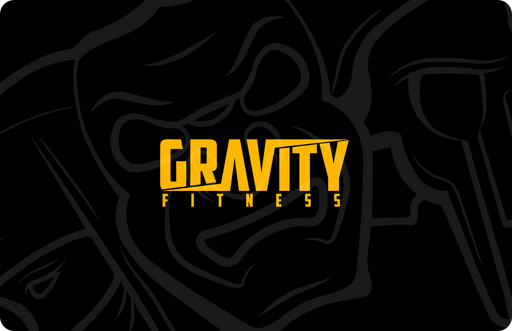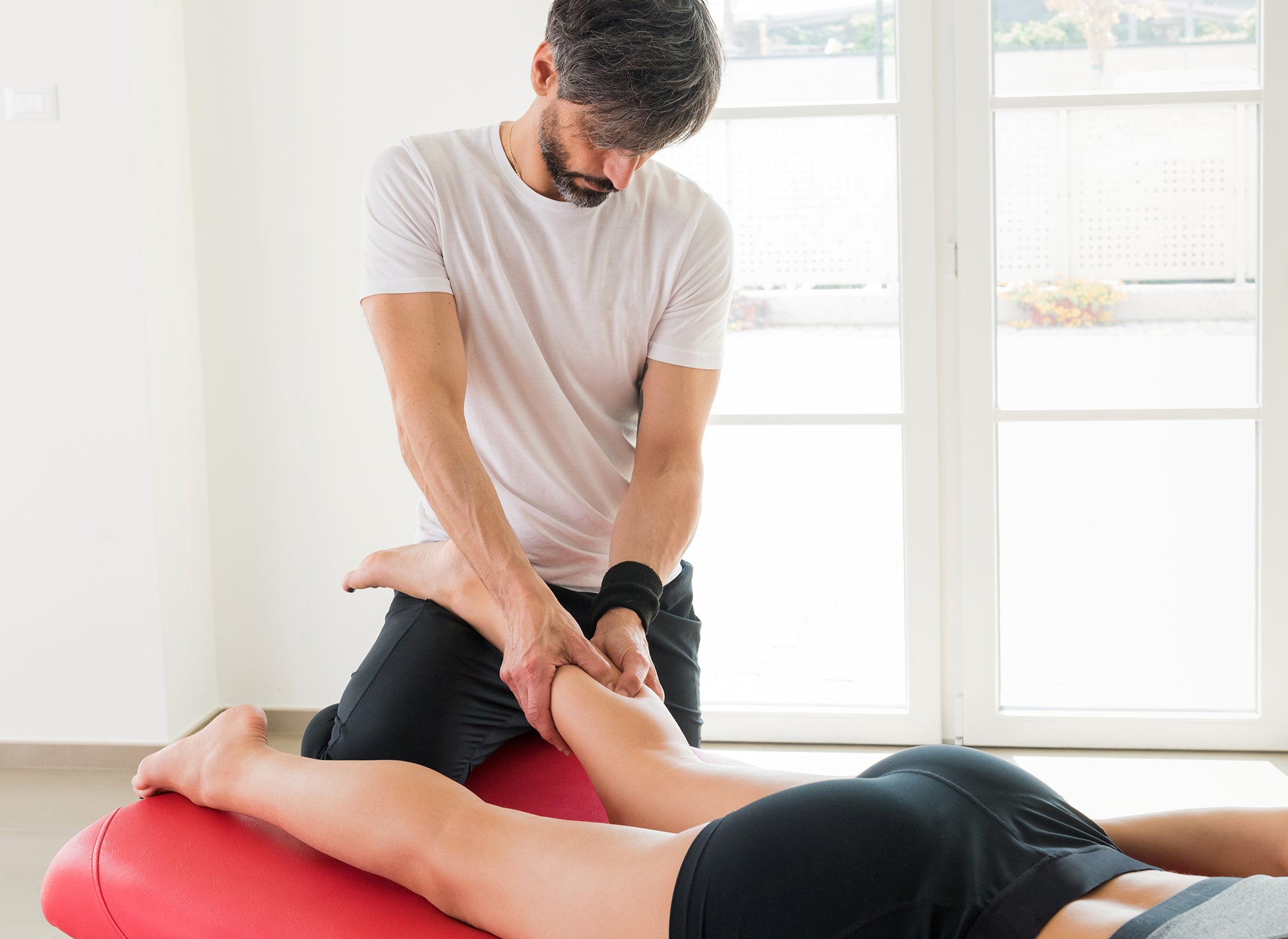
The Best Techniques & Tools for Myofascial Release
The Best Techniques & Tools for Myofascial Release
Myofascial release is a great way to warm up, cool down or free up muscles from DOMS (Delayed Onset Muscle Soreness) which sounds all well and good, but what is Myofascial Release?
Let’s start with the Fascia. Fascia is made up of various proteins that coat the entire muscular system and individual fibres. Imagine it like cling film around the muscles. Sometimes the fascial tissue can ‘wrinkle up’ or tense up and creates collagen, without proper stretching and release, this can hinder mobility, flexibility and muscle fibre efficiency. With proper release however, these effects can be mitigated. And Myofascial care can improve, enhance and mobilise muscle to a greater degree.
Myofascial Release works on the Fascia across the body in various lines and chains. You can think of it like programming a workout with push, pull and squat patterns, instead though, the Fascial lines cross the sides, front and back of the body, with different release tools and positions we can perform for each line. Myofascial release can be painful at first, as the web of the fascia is released, just make sure that the pain never goes above a 7 on your pain scale, and keep up to 2 inches away from any major joints when performing and Myofascial or Self Myofascial Release.
Now onto the best tools and ways to use them;
- Foam Roller – The Foam Roller is the fundamental Myofascial Release tool, and one of the most affordable. It doesn’t matter if your roller has textured rubber, plastic ridges or is smooth all the way round, as the pressure is applied to it by us and gravity. The Foam Roller can be used to release all the main fascial lines. Place the Foam Roller down on the floor and then roll along it, starting by going up the muscles you want to release slowly with lighter pressure and then work down the muscles slowly with heavier pressure. Slow and steady wins the race after all. This also promotes blood flow in the correct way around the circulatory system and strips back the fascial layers. Think about your workout and which muscle chains you will be working or have worked and then use the Foam Roller on said muscles. For example, compound movements, like squats, will need the Functional and Superficial Front & Back lines as well as the lateral line. We want to roll out the whole body front and back, working from upper to lower on each side.
- Tennis Ball – A tennis ball is fantastic tool for Myofascial release and normally there’s always one lying around the house, making it easily accessible. The tennis ball can be used for specific focus points where pain or mobility is limited that a foam roller can’t access as easily. For example, the bicep, or specific or small central spinal musculature. We can apply pressure against a wall, the floor or just from holding and rolling the tennis ball. Just think of Myofascial Release like kneading dough. Don’t overwork it – pain threshold at a maximum of 7, and again, stay 2 inches or so above any major joints.
- Theragun or a similar massage gun – As sports technology evolves, it tends to become more accessible to those of us who aren’t elite level athletes. The Theragun and other products like it, are one such example. Definitely the most expensive item on our list, but with the speed, precision and power with which they can work through the Fascial layers, and their portability, is second to none. They can also be incredibly accurate in terms of which fascia they can release. I train a couple of clients that swear by the massage guns they use, in both a warmup and cooldown. If you tend to train with more frequency and are performing to a higher level, one would definitely worth a look if you feel like splashing the cash.
- Rolling Pin – The rolling pin is a fantastic tool for working the soles of the feet, and again can be hand held and pressure can be applied along the quads, shins and hamstrings, so for the lower body, it’s another great option. Using Myofascial Release on the soles of the feet is a great tension reliever and can help alleviate headaches. That’s how incredible, and linked, the fascial lines are.
- Massage Balls - A slightly more specialist tool, massage balls are an upgrade to the tennis ball as they have small nodules that stick out meaning you can circle them clockwise and/or counter clockwise to really work on those small areas.
Myofascial Release is a great way to warm up or cooldown, relieve tension, prevent DOMS and release fascia to improve flexibility and performance, so what are you waiting for? You may have most of the kit you need already. YouTube is a great place to start with regards to technique and movements for each fascial line. So, what are you waiting for? Get stuck in and feel the benefits!
by Guy Joynson for Gravity Fitness












